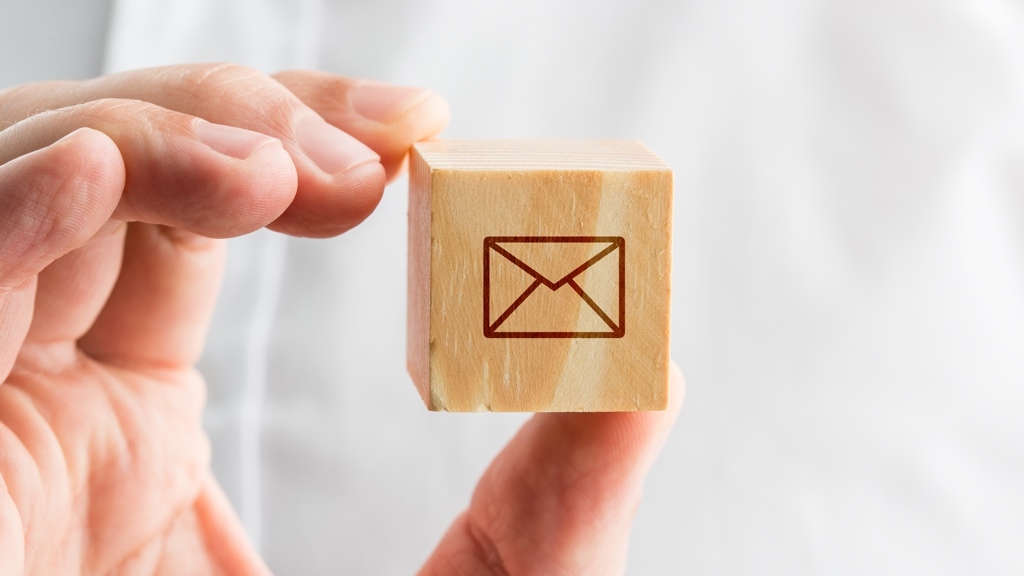Typical two-minute-emails you should deal with immediately
Datum: 2023-08-28 09:00

We have an overwhelming amount of aspects to take into consideration at all times in our daily lives. The phone rings, colleagues swing by our office, and we receive a whole lot of emails.
If you listen to what we who have explored the field of productivity say, we all agree that it is best and most efficient to do all tasks that just takes a minute or two immediately — even if they are not the most urgent or important.
For you who prefer listening to reading, this post is also available as an episode of the “Done!” podcast:
Many refer to the two-minute-limit as the time-boundary that determines if something can be regarded as ”quick” or not. So basically, if something takes less than two minutes to do, then do it immediately to get it out of your way. This is a smart approach and as long as we have two minutes to spare (which we might not always have), it is a good strategy.
Sifted and satisfied
If we have received a whole bunch of emails since we last opened the inbox, it will feel good to attend to the short ones straight away. We process many emails in a short while, and soon the list of unread emails is significantly shorter and much more pleasant to behold. The emails we need to spend more energy and time on addressing will protrude more now when we have gotten all the ”clutter” out of the way. And besides, it is much more tempting to open and reply to those short emails first since it always feels great to cross a few items off our list — emails just as well as to-do-tasks.
So, what emails are we referring to?
What constitutes one of those ”typical two-minute-emails” and how can we use this principle to our advantage?
You probably know best which emails that take less than two minutes to process, but allow me to give you a few examples from my own email inbox:
- ”Could you suggest a date and time for a new meeting?”-emails are often quick and easy to respond to. I can quickly check my calendar and suggest a time, but I usually send a link to my Acuity Scheduling page containing my available meeting times, to avoid the potential spiral of ”that’s not a good time for me, how about this time?”, ”nope, no can do, but what about this?”, ”sorry, I’m busy then”, ”what about this instead?”, and so on.
- Requests for meetings where we are invited via a calendar are usually two minute emails. We check our own calendar and answer it — no matter if we are available or not, since responding quickly makes things considerably easier for the one who sent the invitation to all the requested participants.
- ”Do you agree with me in this matter?”-emails can be quick and easy to respond to. If I concur, then a ”Sure!” will suffice, but if I do not agree it might take longer to answer, and I then make a to-do-task out of composing a reply instead.
- ”Alright, then that’s what we’ll do!”-emails, the final confirmation of something we agreed upon, are quick because they are much like the closing message in a walkie-talkie-conversation — ”Over and out!”. Read it, and either throw away or save it.
- ”Have a good weekend!”-emails and other such greetings or phrases are quickly read and processed — and they brighten your mood as well.
- ”For your information”-emails (perhaps the subject line even contains ”FYI” or the email is part of a conversation I have been cc:ed into) are often quick and easy since they should not require any actions or activity from me, just a quick eye on whatever information the email contains. If it requires me to read something more thoroughly (that takes longer) — then let us create a to-do-task from the email since ”read” is a verb like all others, and thus requires its own to-do-task.
- Advertisement from senders I wish to receive advertisement from also falls into this category of quick two-minute-emails. A quick glance is often followed by either an equally quick click on the Delete-button, but could sometimes result in me creating an ”Order [something]”-task.
This is a general overview of the quick two-minute-emails I often receive. You probably have more, or completely different, examples.
Do this
If you want to take advantage of that certain emails just take a minute or two to process, then make it easier to do so both when sending and when receiving email.
If you want to give it a go throughout this coming week, pay extra attention to any emails you receive that might fall under this category, and choose to process these emails first (unless you have received some other longer, but more important email that you need to deal with immediately).
And, when you write emails to others, try being so brief and clear when formulating your message that the receiver perceives your emails as ”two-minute-emails”, meaning easy to read and respond to. Chances are that you start getting replies faster if you do. You might not be able to do this for all emails, but perhaps you could be more to the point in more of the emails you send than you previously have been?
Shorter, faster, easier
If you process the quick and easy two-minute-emails first, the inbox will empty a lot faster. You will get rid of many emails in a short space of time, which in itself generates a certain degree of satisfaction. If you keep more of your emails brief you make the processing of them by the recipients easier, and since you then probably get replies faster, doing so will benefit your own work as well.
What is your method?
Do you have more examples of short and quick emails, other than the ones I just listed? Tell me!
(But, what are you to do when you have far too many emails flagged?)
You can have more like this

If you want more tips on how to create good structure at work, there are many ways to get that from me - in podcasts, videos, books, talks and other formats.




